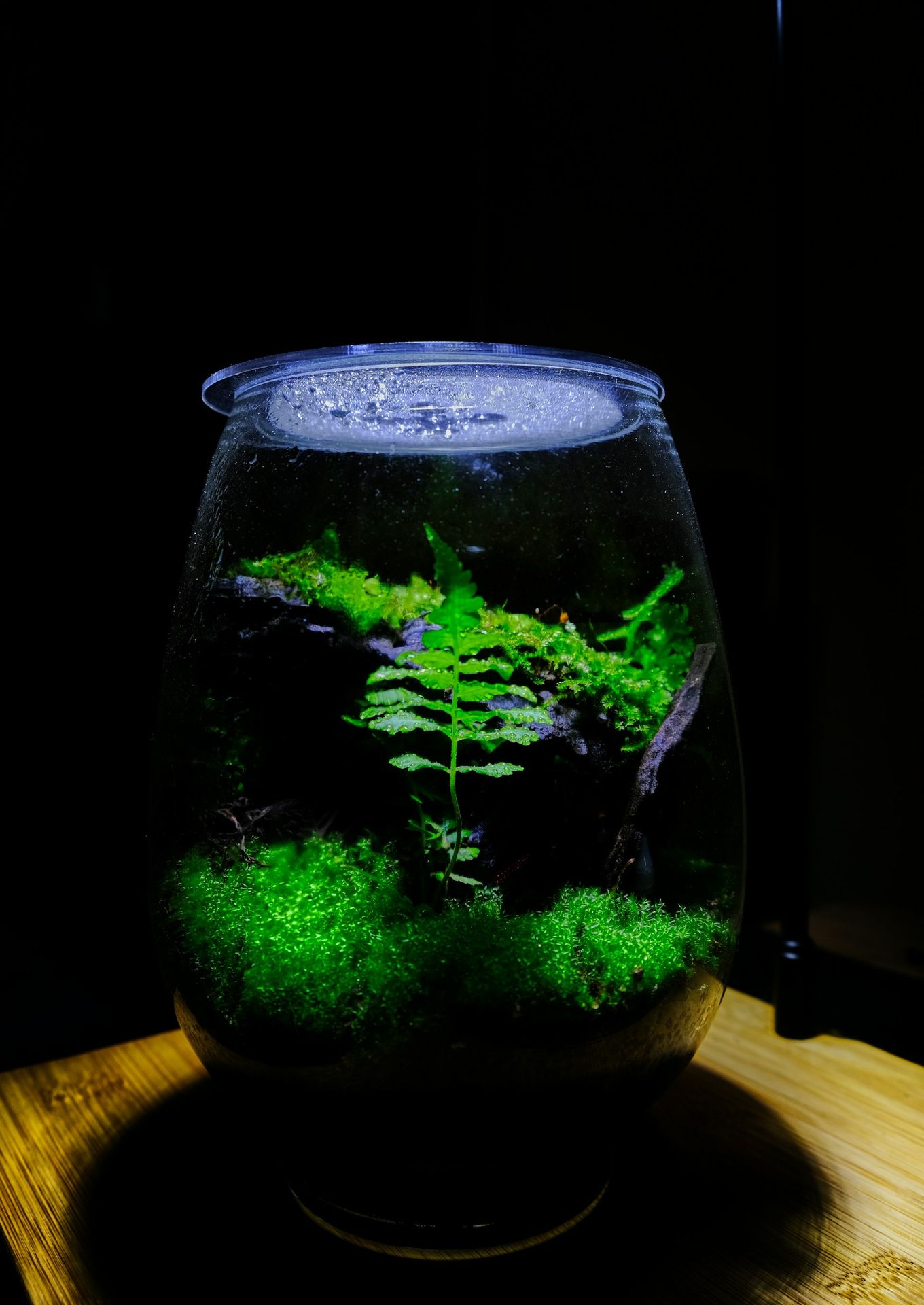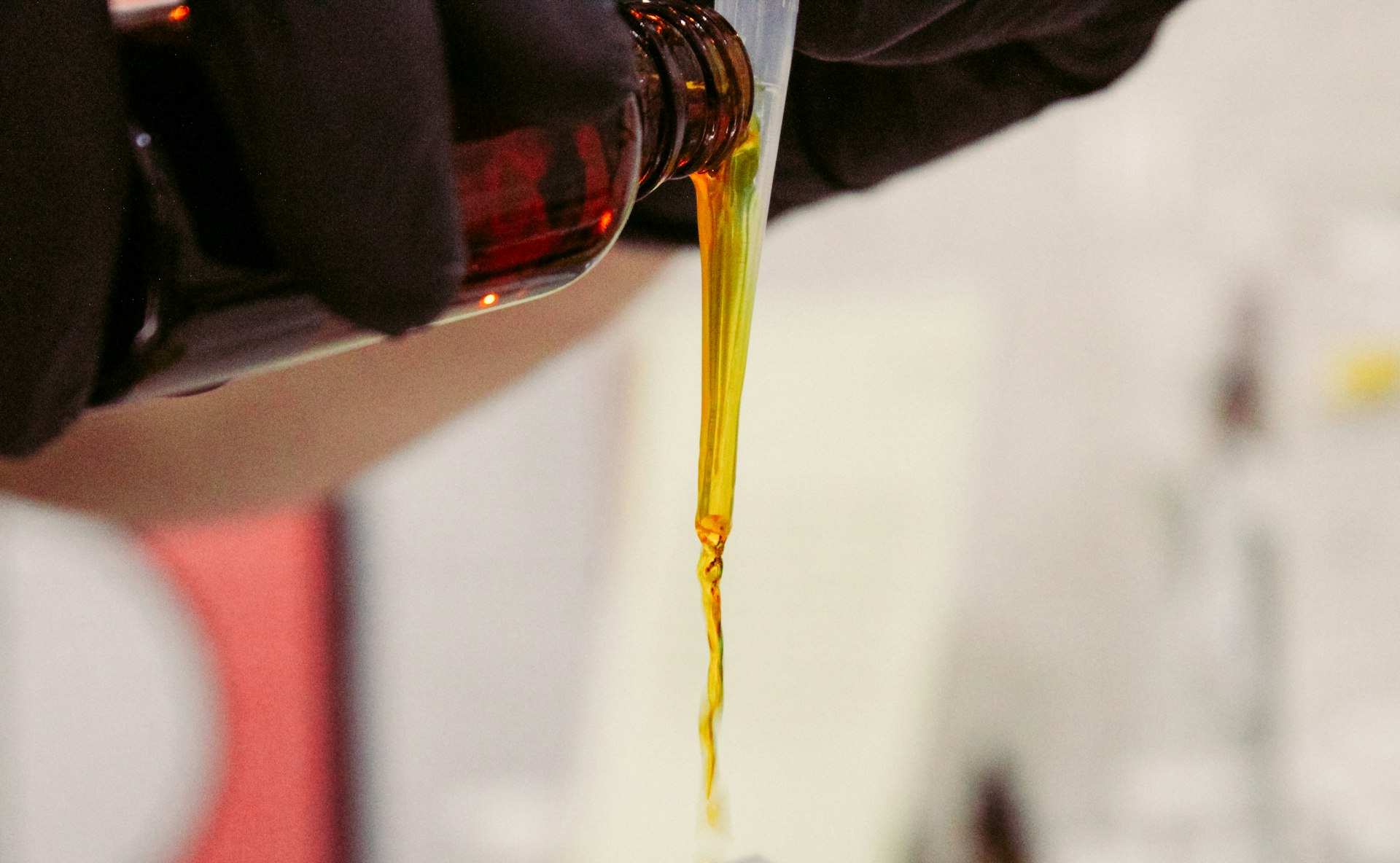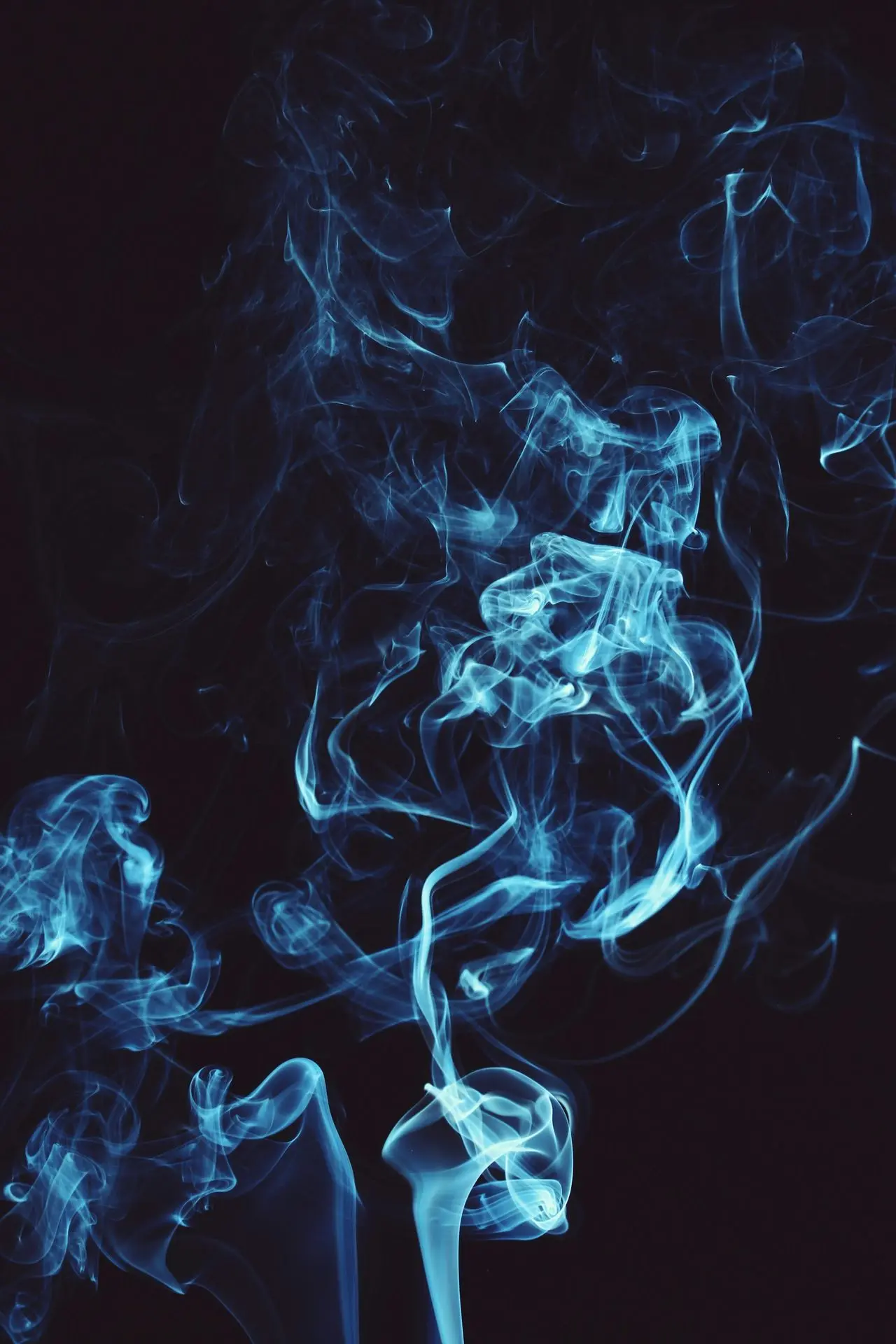Dosage & Safety First...
General Dosage Ranges:
- Infusions: 1–2 tsp dried herb per cup, 1–3x/day
- Syrups: 1 tsp for children, 1 tbsp for adults
- Electuaries: pea-sized dose, 1–2x/day
- Veils & balms: topical, as needed
Pregnancy & Children Notes
Avoid certain herbs (e.g., Mugwort, Hibiscus, Blue Cohosh, etc.) Aways consult with Your OB/Midwife and/or Pediatrician if pregnant or nursing BEFORE starting an herbal supplement. Use gentle herbs, proven safe like; chamomile, rose, & ginger.
Safety & Dosage tools & Links
Here you'll find direct links to Safety and Dosage tools. Please be informed, knowledge is power & safety
Contradictions
Drug interactions, sensitivities, and energetic mismatches are all a real thing. Here are links to information on known drug/herbal interactions and safety. The FDA & Medical News Today are US based publications. NHS is a UK based publication, where Herbalism is tightly controlled via extensive University study and certification.
Safety isn’t sterile—it’s sacred.
Why Sober, Whole-Plant Formulation Matters
A ritual-rooted stance on safety, accessibility, and emotional integrity.
Concentration & Essential Oil Risks
🚫 Whole-plant medicine is enough. Why I Formulate Without Essential Oils.
Essential oils are not gentle—they are volatile, concentrated chemical compounds that require pounds of plant matter to produce a single drop. Their use in modern herbalism often reflects convenience culture & lack of knowledge, not ancestral practice.
How Essential Oils Can Harm:
- They disrupt gut flora, even through scent alone, wonder why certain smells can make you physically nauseous?
- They pose risks to children, neurodivergent individuals, and animals
- They act as plant defense mechanisms—not healing allies in isolation
- They are hormone disruptors, linked to migraines, seizures, and long-term toxicity
- They are unregulated, often marketed through billion-dollar MLMs with little transparency
- They bypass the body's natural filtration, flooding systems with compounds meant to be absorbed slowly and gently
In ritual terms: it’s the difference between a whisper and a shout. Whole-plant methods whisper.
Whole-plant methods preserve nuance, safety, and emotional integrity. They honor the plant’s full spectrum—not just its most toxic compounds. When we infuse petals, leaves, and roots slowly, we create offerings that are safe, sovereign, and ceremonial.
“If you don’t feel confident working with the whole plant, you have no business working with its most toxic aspect.” - April Graham
This is why I never use essential oils in my formulations. Not because they aren’t potent—but because potency without reverence is harm. I choose slow medicine, sober herbalism, and whole-plant wisdom. Always.
🌿 Whole-Plant Methods Preserve Nuance & Safety
When you use petals, leaves, roots, and resins in their full form, you honor the plant’s complexity. Whole-plant preparations:
- Contain buffering compounds that modulate intensity and reduce side effects
- Offer layered energetics—not just one dominant chemical note
- Support emotional attunement, allowing the body to respond gradually and intuitively
- Align with ancestral practices, where plants were infused, decocted, or macerated—not stripped and isolated
Plants aren't trends, they're sacred teachers. Whole-plant methods protect the ritual arc.
Alcohol-Free Modalities Honor Accessibility & Ritual Integrity
Removing alcohol isn’t just a technical choice—it’s a cultural and emotional one. Alcohol-free herbalism:
- Welcomes sober practitioners, children, elders, and those with religious or health-based restrictions
- Preserves emotional clarity, especially in dreamwork, threshold rituals, and womb-centered healing
- Supports sensory-safe environments, where scent and texture are gentle, grounding, and inclusive
- Reclaims ancestral formats, like syrups, electuaries, steams, and infused oils—formats that carry story, not sting
Alcohol-free is not a limitation—it’s a lineage. It’s how we remember, include, and protect.
Concoction Codex: Preparations & Mediums
Definitions & Examples; see "Extraction Logic" for more in-depth information
🌊 Aqueous Preparations
Water as witness, carrier, and transformer.
- Infusions – petals, leaves, and soft plant parts steeped in boiling water
- Decoctions – roots, barks, and dense materials simmered for deeper extraction
- Steams & Compresses – for respiratory, skin, and emotional release
- Foot soaks & Sitz baths – grounding and womb-centered rituals
- Best for: minerals, mucilage, volatile compounds (without EO concentration)
🔗 [Cold Brew Infusion] or [How to make 2 types of Magnesium Oil]
🌿 Oleaginous Preparations
Oil as memory keeper and slow-release medium.
- Infused oils – sun or moon maceration with whole-plant material
- Salves & Balms – thickened with wax or butters, often petal-dusted
- Veils & Puff Pots – ultra-light oil suspensions for skin and ritual use
- Best for: fat-soluble compounds, aromatics, and topical absorption
🔗 [DIY Spiderwort Salve]
🍯 Sugar-Based Preparations
Sweetness as carrier, comforter, and emotional anchor.
- Syrups – decoction + honey or sugar, shelf-stable and child-friendly
- Electuaries – powdered herbs blended with honey or nut butters
- Pastilles & Lozenges – slow-dissolving formats for throat and breath
- Best for: soothing, masking bitterness, emotional grounding
🔗 [Soothing Stomach Stoppers Ginger Electuary]
🌬️ Dry Preparations
Dust, smoke, and powder—ritual formats for gateways & portals.
- Powdered washes – EO-free hair and body cleansing
- Incense rounds – slow-burning, whole-plant smoke bearers
- Veil dusts & sachets – for dreamwork, shielding, and altar use
Best for: aromatic compounds, ritual timing, travel-friendly formats
🔗 [Links to my most sought-after dry formulas coming soon!]
⁉️Rare Formats
Obscure, ceremonial, and mythic preparations for breath & boundaries
- Hydromels – honey-based fermentations without alcohol
- Boluses – herbal suppositories for womb or rectal use
- Theriacs – ancient compound blends (non-alcoholic reinterpretations)
- Botanical smokes – rolled or loose, for clearing and emotional breath
Best for: deep ritual, ancestral homage, and ceremonial use
🔗 [Links to my experiments and deep dives into these coming soon!]
For a complete list of preparations check out this list!
Rare formats are mythic. They carry lineage, not convenience.
☠️ Obsolete & Dangerous Preparations
Throughout history, certain herbal and cosmetic practices have caused more harm than healing. These examples serve as reminders of why ritual without reverence, and potency without nuance, can be dangerous.
- Lead-Based Cosmetics
Used in ancient Rome and Victorian England to whiten the skin, these formulas contained white lead (ceruse)—a neurotoxic compound that caused skin deterioration, organ failure, and death over time.
Why it fails: Toxicity through absorption, long-term systemic damage, and a ritual rooted in colonial beauty standards rather than ancestral care.
- Turpentine Tonics
Popular in 19th-century folk medicine, turpentine was taken internally for parasites, chest congestion, and “cleansing.” It’s a volatile solvent derived from pine resin and is now classified as poisonous when ingested.
Why it fails: Systemic harm, mucosal damage, and a ritual of desperation rather than grounded healing.
- Goulard’s Extract
A popular 18th–19th century topical remedy, Goulard’s Extract was a solution of lead acetate and lead oxide, used as an astringent and anti-inflammatory for skin conditions, wounds, and infections. It was often marketed under names like Extract of Saturn or Eau de Goulard, and featured in formulations like Goulard’s Cerate and Goulard’s Water. Physicians believed it “soothed inflammation,” but the real effect was heavy metal toxicity—absorbed through the skin and accumulating in the body over time.
Why it fails:
Lead is a neurotoxin. Goulard’s Extract caused systemic poisoning, organ damage, and long-term neurological harm. Its ritual use reflected colonial beauty standards and misguided medical trust, not ancestral healing. This was not medicine—it was metallurgy masquerading as care.
- Essential Oil Overdoses
EOs are often marketed as “natural” and “safe,” but they are highly concentrated chemical isolates. Overuse—especially internally or undiluted on skin—can cause:
- Seizures (especially in children)
- Hormonal disruption
- Skin burns and sensitization
- Gut flora imbalance
- Respiratory distress in animals and neurodivergent individuals
Why it fails: Ritual dissonance—extracting the plant’s most aggressive compounds while ignoring its buffering wisdom. It’s potency without relationship.
🔥 Why These Practices Fail
- Toxicity: They introduce harmful compounds that overwhelm the body’s natural rhythms.
- Systemic Harm: Damage isn’t just topical—it affects organs, hormones, and long-term health.
- Ritual Dissonance: These methods reflect urgency, extraction, and control—not reverence, reciprocity, or ancestral rhythm.
🔗[Crafting Curses, Cures, and Concoctions – A Journey through the History of Apothecaries]
True herbalism is relational. It’s not about what a plant can do—it’s about how it wants to be received.
Extraction Logic
What each medium pulls—and how it supports the body, psyche, and ceremonial arc. Each medium is a ritual choice. Extraction is not just chemistry—it’s ceremony.



